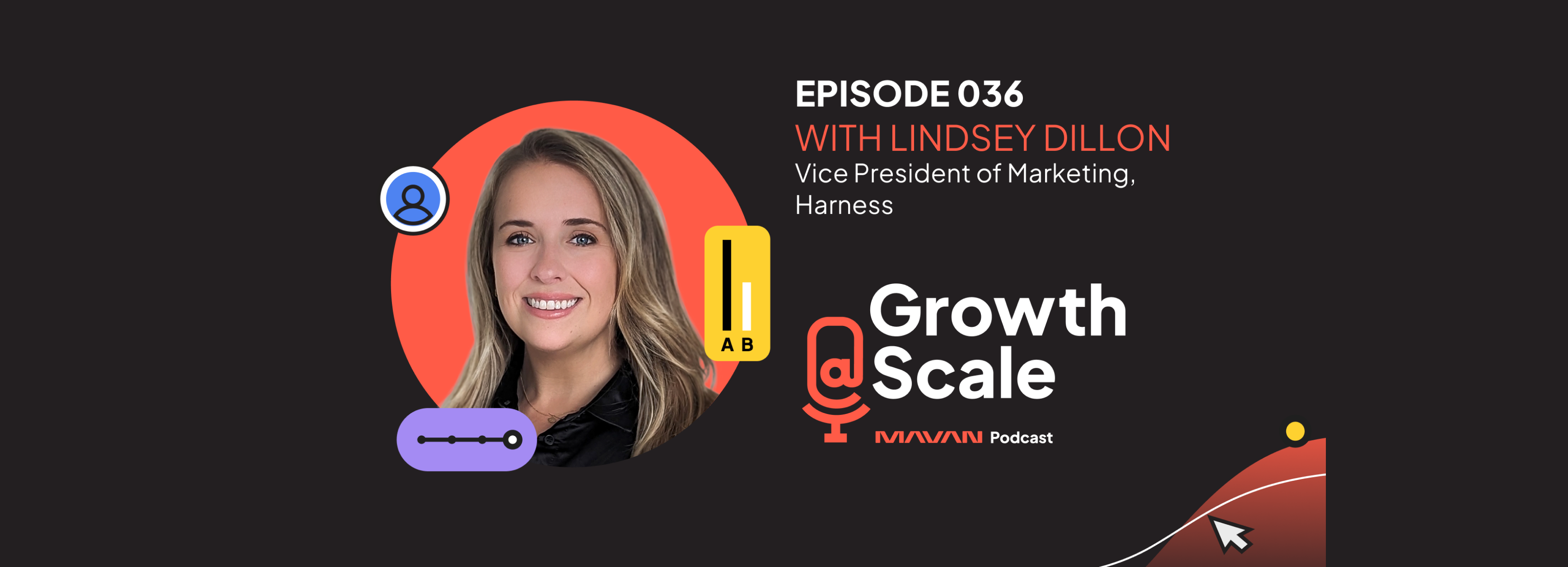iOS changes and regulatory shifts make app ad targeting a challenge. Now what?
- Operating system changes have given users unprecedented control over their data online.
- Advertisers and marketers need to adapt their paid acquisition approaches, as personalization of ads based on demographic information is increasingly difficult and inefficient
- The best place to learn about your customers — both current and future — is within your product, which is why product and advertising teams need to work closer
- Develop your internal data tracking, personalize user journeys, and uncover “aha moments” to turn first-time purchasers into lifetime customers
You can’t track mobile users like you used to — at least not across the iOS advertising landscape. In the past, anyone could pay a premium for a clever algorithm to munch up users’ behavioral data and spit out the perfect bait and hook. It worked, but with the latest changes, company mindsets need to change, too. Personalized advertising helped targeting get precise and narrow, but it may have narrowed the thinking of an entire industry. Prevailing sentiment has put the focus on uncovering only the warmest leads, deprioritizing broader metrics like installs. It’s time for a paradigm shift.
Broadening Your Mindset and Your Model
The old advertising landscape enabled marketing teams to lean on automated optimization. Aside from targeting downstream goals like return on ad spend, we still mostly see user acquisition (UA) marketing teams brushing superficial layers of the user journey.
Because of these recent privacy changes, paid acquisition targeting is now less precise and veers toward more contextual and topics-based: take Google’s Topics API Privacy Sandbox proposal, as one example.
This industry shift means app marketing teams should follow suit. Because while tracking and predicting the behavior of individuals in advertising may become obsolete, the same personalized mindset can be translated to what’s really important: products.
Marketing and product teams can collaborate on hypothesis-rich and cushy user journeys, measuring the results of their testing, and holding hands through benchmarking and iteration.
And in a marketplace where growth hacks only get you so far, the most efficacious and effectively amplified products win. So how do you approach the change?
The new age requires a new approach.
Marketing and product teams should:
- Collaborate more closely
- Design hypothesis-rich and cushy user journeys
- Measure results through testing
- Hold hands through benchmarking and iteration
Product marketers and advertisers occasionally spend their time chasing lightning-in-a-bottle. Such strokes of brilliance are not only rare, but rarely replicable. More importantly, they can introduce unpredictable friction. Instead of swinging wildly, consider what’s best for the user, which is:
- They know what this product or service is – “I understand this.”
- They’re told why it will be valuable for them – “I may need or want this.”
- They’re onboarded with feelings of familiarity and safety – “This product is what I was expecting so far!”
- They’ve developed a trust that deepens through their experience – “This largely is what I expected, and yes, it’s delivering on the wants and needs that they promised.”

Your Product Is a Targeting and Segmentation Hub
Without the help of targeted advertising, where can you uncover details about users and their wants? The best place to gather actionable data and insight about your potential customers is very close to you: it’s your own product.
Unlike other channels, you have total control of your product journeys and if you prepare for it, the ability to gather granular intelligence on your customers’ actions. You can observe their behaviors, tracking relevant metrics (time on screens, where and when purchases happen, etc.), and note patterns with a level of detail you can’t outside of your platform. Where do you start?
First, create a persistent user ID system that allows you to cater to your customers with messaging that suits their specific moods and motivations. You may not be able to tag and track your users with personalized advertising approaches like before, but with a user ID system, you can create highly personalized advertising experiences via Liveops (call center services), push notifications, email, and other channels.
Experiences That Go Deeper
Your product experience map might be both intuitive and intimidating. Most employees can talk through a relatively simple product experience, but the nuances of scrolling, clicking, habit-changes, unusual churn, and other obscure behaviors is usually best understood by the most data-science-aware minds. Human behavior is not always intuitive, especially when looking at rows and rows of data. A data pro will be able to pull notable clusters of users from a mountain of numbers, which you can then assign behavioral personas. Those personas will make for deeper user journeys and greater success across the funnel.
Form hypotheses for who you think customers are. Gender and age may be less important than, for example, “baseball fans” or “competitive collectors.” Maintain focus on contexts and motivations. Use your IDs to further explore and test this. This shared knowledge should then permeate both marketing and user journeys from start to finish.
Deploy marketing tactics that speak to users based on their point in the life cycle, driving toward a goal. Have fun flexing brand voice and culture in our many user-facing channels, but use those elements as flavor and keep your eyes on the prize: goals and desired actions.
That doesn’t mean you should blast users with “Return to the product and spend money” messaging. Instead, uncover “aha moments” to build revenue-driving interactions. Consider the casino app category. When a user spins a slot machine and hits, that user is thrilled. Crafting messages and campaigns around that moment can excite users, prompting them to return to the product. That’s much better aligned with their motivations than purely business-focused messages delivered errantly. Put simply, communicating that “we have a new hot machine! Return and spin to win,” satisfies a user’s desire and pursues a business goal. “Try this new coin bundle at $29.99” is far less considerate of their experience. Discover your “Return and spin to win” and use the methods we’ve described to serve it at the right moment.

From First-time Purchaser to Lifelong Customer
As advertisers, we can easily get caught up in immediate, short-term revenue returns, but the nature of your offering may not always lead to quick cash, especially in the app world. When you’ve outfitted your users with personal IDs, allowed them to spend time with your product, and understood their paths and motivations, there will be many opportunities to communicate with them and put them on a path to monetization beyond days one through seven.
Optimizing for tight goals is the fastest way to drive up CPM (cost per mile) and will become difficult with ATT opt-in and conversion timer barriers anyway. Opening targeting to upper-funnel conversions can be intimidating. App advertisers have gotten used to install-optimized campaigns driving downloads, purchase-optimized campaigns bringing us the most efficient purchasers. It’s hard to now consider that optimizing for installs may be a path to success when we covet returns. However, optimizing for upper-funnel events is not just a method for reducing your cost per install. It provides the opportunity for you to reach desirable users you may have “ignored” in your search for only the most premium.
If you’re dipping your toes in, allow yourself a month or more to monitor users. Notice how users take very strong actions that show they could be ripe for revenue conversion. Borrow a principle from the e-commerce world: user consideration-to-conversion can be as simple as an email nudge: “We saw you added this to your cart. Here’s a coupon to complete your purchase.”
By making your product a data center, you’ll know when to deliver these nudges and give customers what they want when they want it. And by opening your marketing up to a broader base, you’ll find yourself with access to more data and events. In the process, you’ll foster deeper relationships that transcend the one-and-done transactional targeted advertising models of the recent past.
Book a complimentary consultation with one of our experts
to learn how MAVAN can help your business grow.
Want more growth insights?
Thank you! form is submitted
Related Content
-

Build a Customer-First Product Marketing Strategy with Lindsey Dillon
In our latest podcast episode, Lindsey Dillon, VP of Marketing at Harness, discusses the intricacies of product marketing across B2B and B2C spaces. Discover her unique insights on customer feedback, iterative approaches, and effective leadership.
